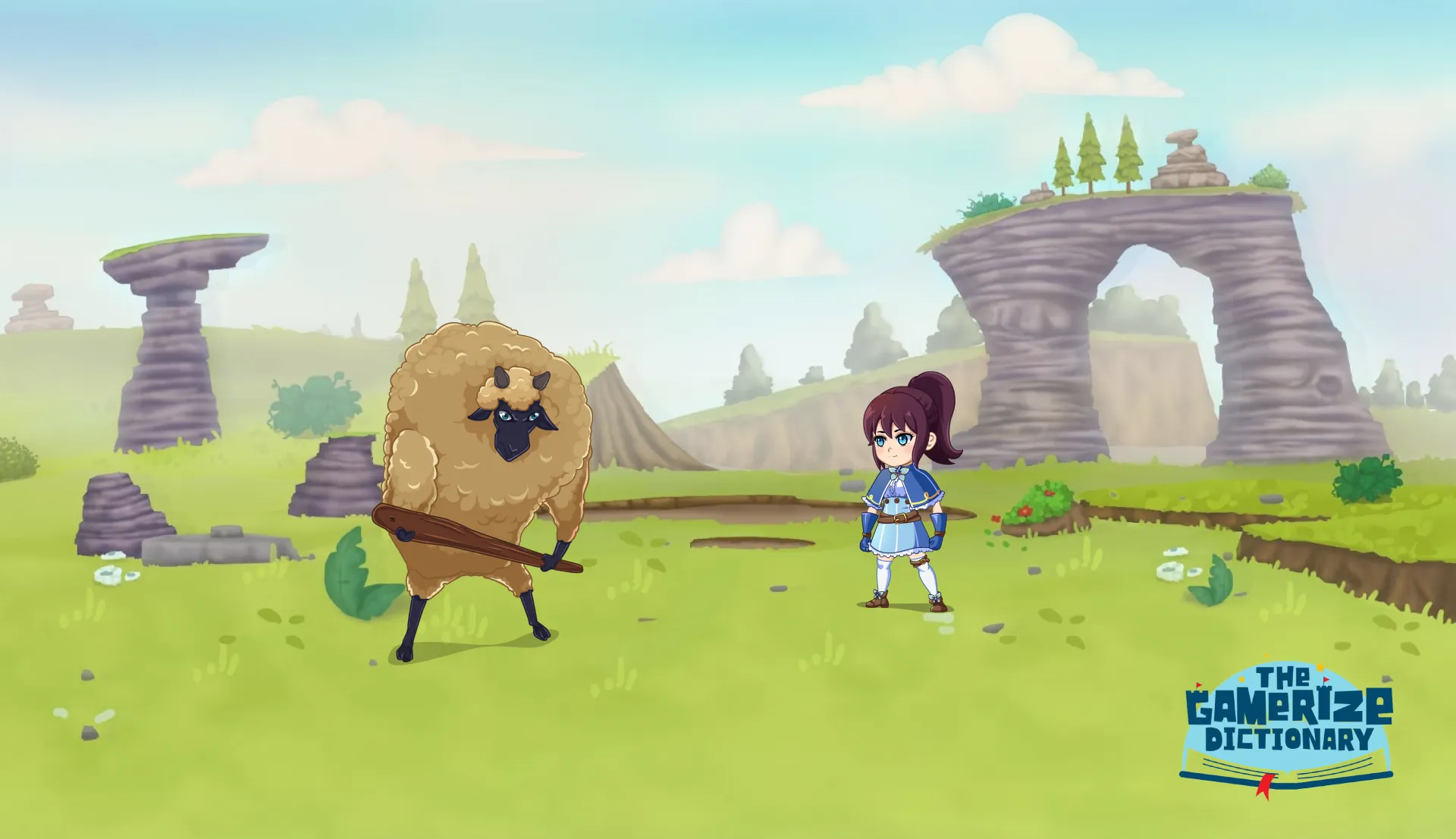
Build Gamerize Dictionary, a gamified language learning experience designed to help young Japanese learners improve vocabulary.
Developed a mobile app for a series of language learning mini-games embedded within a larger city-building game.
Gamerize Dictionary had over 2000 organic users, 500 daily sessions, and 10 check-ins on average per day.
AAS Press , a publishing company based in Hyogo, Japan, wanted to build a gamified learner dictionary to help young learners develop vocabulary. Adam Kardos, the founder and CEO of AAS Press, had authored several books for young learners including “Here Come the Unicorns” which won the 2020 LLL Award . Adam was now looking to employ a rewards-based approach in a gamified experience to engross children in learning a new language.
AAS Press contacted Tintash with this exciting opportunity. They shared a vision document and related sketches of a series of mini-games embedded within a larger city-building game. Progress in the game was meant to be the outcome of improvement in language skills. The project involved building these game components as well as a web-based portal that teachers and administrators could use to assign language learning quests to students and track their progress.
Tintash submitted a proposal containing the team requirements, the process to be followed, as well as the cost and time estimates. The project was our first interface with the Japanese market.

Our team kickstarted the development process by working on some concept art including avatars, maps and buildings. It was important to get the artwork aligned with the demographic and cultural inclinations of our target audience.


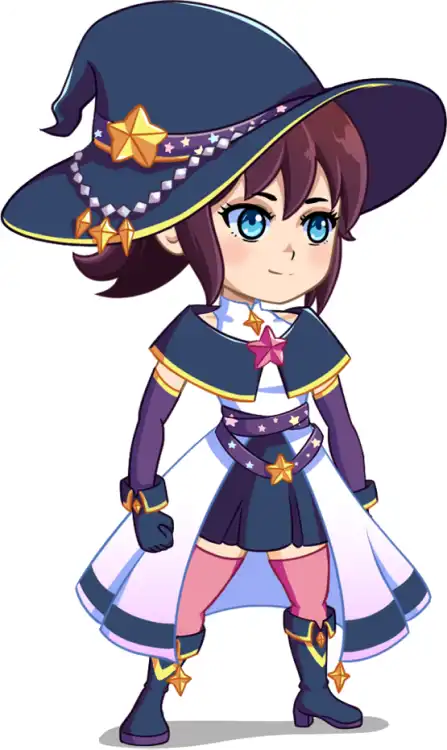
We initially focused on the riskiest ones among the essential set of features. One such key area was speech recognition-based practice learning. When the team found out that the native device APIs for speech recognition were not effective in the target market, we implemented the service provided by Soapbox Labs in its stead.
Since the objective was to launch the game pilot within six months to enable usability testing, our team raced to get a basic game loop in place. We built a map structure so that users could access quests through the various mini-games as they watched their kingdom grow. We also designed a portal which teachers could use to assign Japanese-English language pairs to students for practice via quests.
The team included a content database for scalability and compatibility with the constraints of the Japanese language. This was in line with the client’s vision of building a platform with interchangeable content and which could eventually be used for any form of language learning. Once a stable and testable game loop was in place, we had a pilot launch.
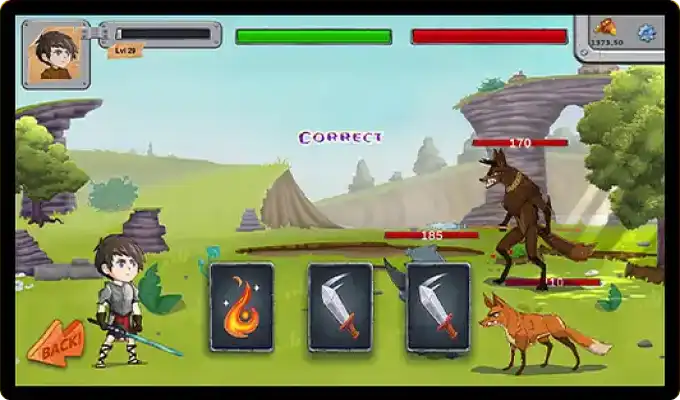
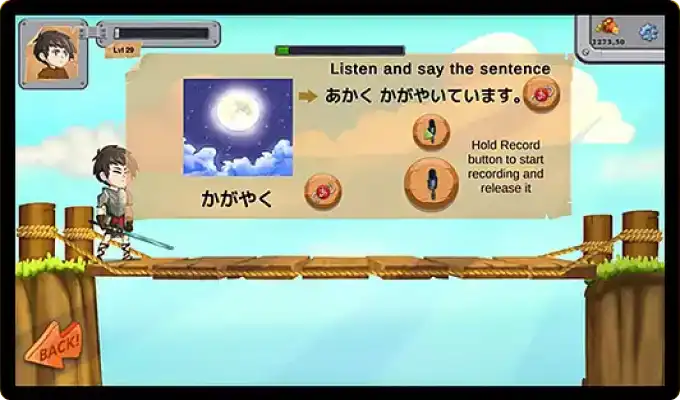
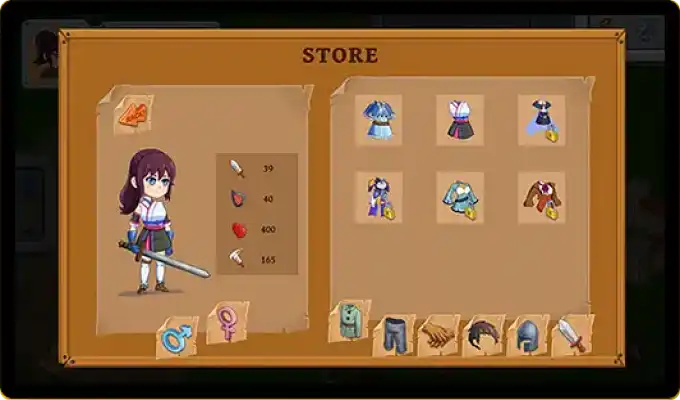
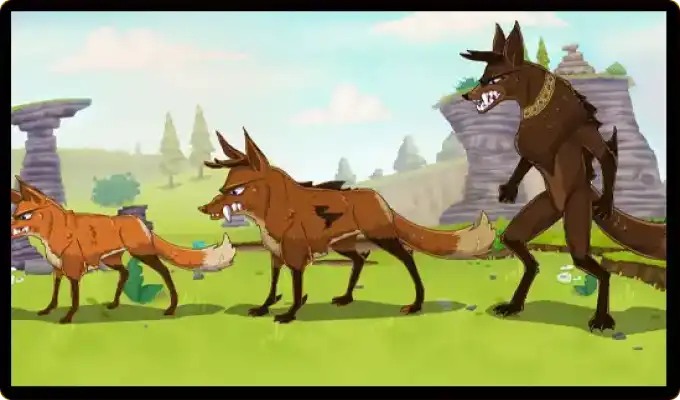
As student feedback started coming in, we quickly identified which mini-games needed enhancement, how the game economy and enemy ‘strengths’ needed to be tweaked, and what kind of glitches might arise at the teacher and student ends during the live use of the system.
The team spent the next few months debugging individual user accounts to make the system more robust. We constantly added new features such as dashboards with precise analytics and live people on the map scene to make the gameplay more engaging and educationally rigorous. The more subtle elements such as lighting and water effects were also added in tandem to improve the user experience.
The whole process was iterative as the team identified problems and figured out solutions as the project went on. Constant Slack communication and weekly calls with the client’s team afforded us quick feedback on the shared mechanics and visuals. On our end, the team comprising artists, designers, engineers and testers employed best management practices to ensure all the workflows were documented and daily tasks perfectly aligned.
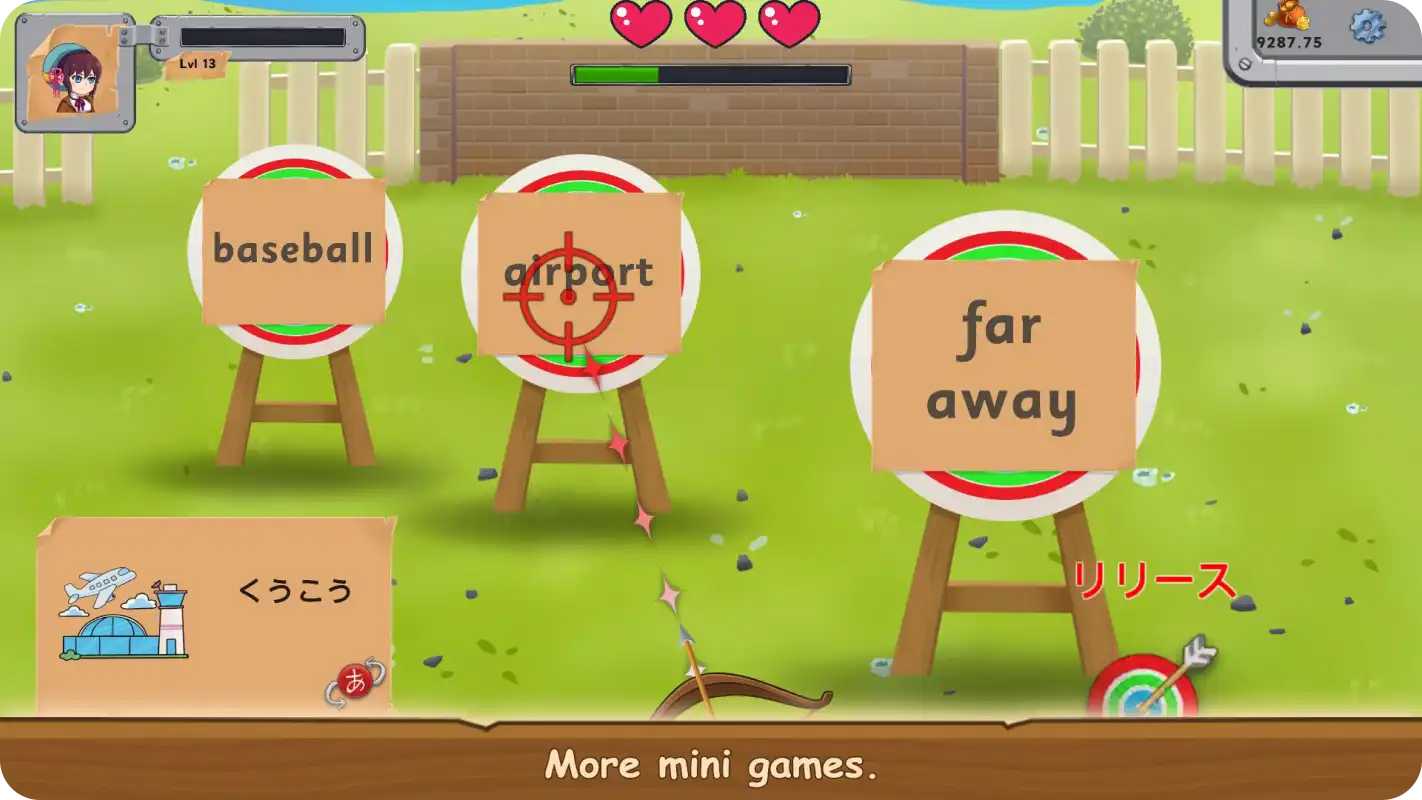
The Gamerize Dictionary mobile app was launched in 2021 and could be accessed on both iOS and Android. We developed four types of language learning mini-games – card slashing, archery, bridge crossing, and RPG battles with monsters – within the app. Completing these quests let students use accumulated resources to buy buildings in order to grow their kingdoms.
The gamified experience included four ways of learning a language – both spelling and speaking words as well as sentences. The whole approach allowed children to use rewards in a personalized way and see a visualized representation of their cumulative efforts over a period of time. The aim was to help learners develop an awareness that their small regular efforts result in bigger gains over time. The game also released review monsters on the kingdom to motivate children to engage in review battles to protect buildings as well as their learning gains.
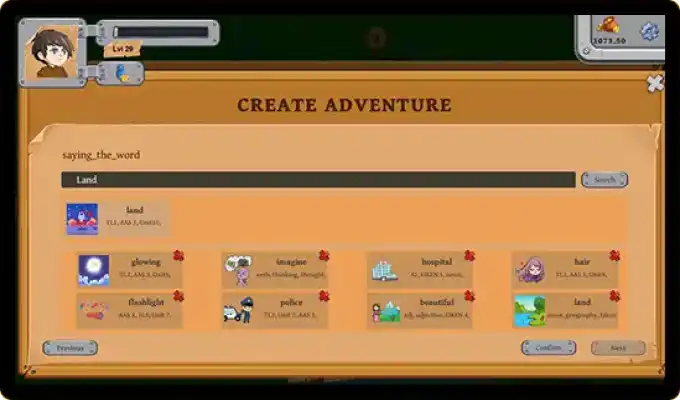
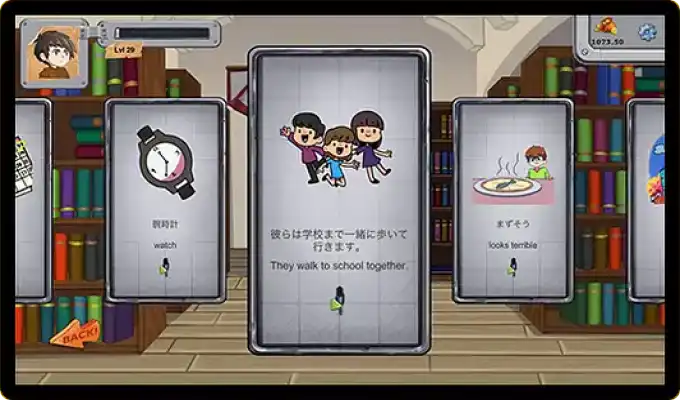
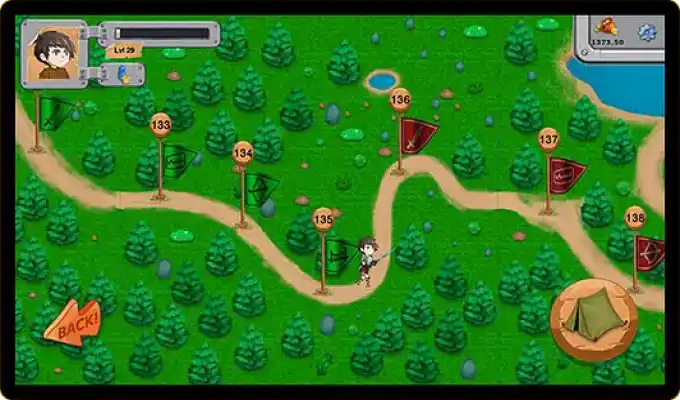
Gamerize Dictionary managed to garner early traction. According to the latest data, the app had over 2000 organic users, 500 daily sessions, and 10 check-ins on average per day. The engagement metrics were also promising, with students spending on average 20 minutes daily learning through the app.
Tintash continues to work on scalability and enhancements as user feedback pours in, and shares in the AAS Press’ vision of making the game bigger and taking it beyond the Japanese market.